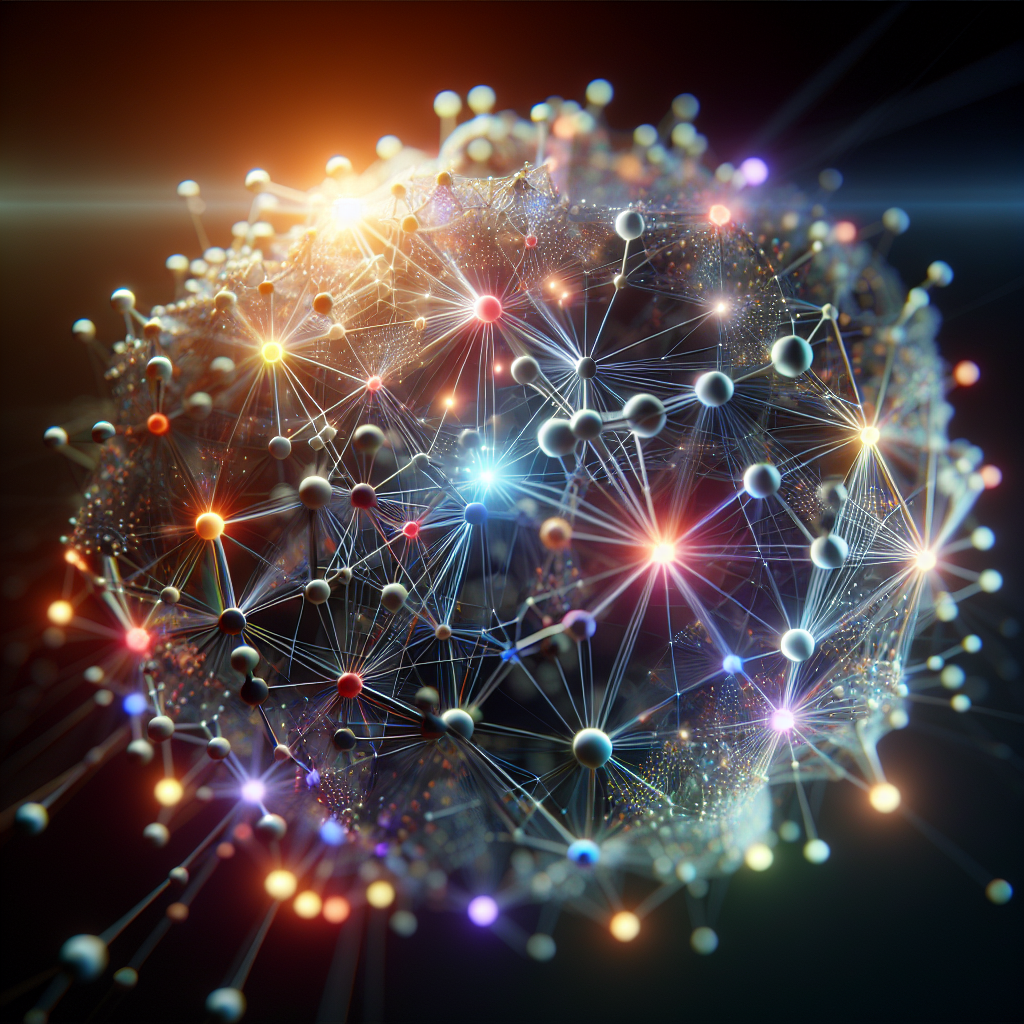Graph neural networks (GNNs) have been gaining immense popularity in the field of machine learning in recent years. These networks are designed to work with data that is represented in the form of graphs, such as social networks, citation networks, and molecular structures. GNNs have shown great promise in solving complex problems that involve relational data, and have been applied to a wide range of tasks including node classification, link prediction, and graph classification.
One of the key reasons for the rise of GNNs is their ability to capture the structural information present in graph data. Traditional machine learning models struggle to effectively learn from graph data due to its non-Euclidean nature and the presence of complex relationships between entities. GNNs address this challenge by incorporating the graph structure into the learning process, allowing them to effectively model relationships between nodes in a graph.
Another factor contributing to the popularity of GNNs is the availability of powerful computational tools and libraries that make it easier to implement and train these networks. Frameworks like PyTorch and TensorFlow provide efficient implementations of GNNs, making it easier for researchers and practitioners to experiment with and deploy these models in real-world applications.
Furthermore, the success of GNNs in various domains such as social network analysis, recommendation systems, and drug discovery has led to increased interest and investment in this area of research. Companies and research institutions are actively exploring the potential of GNNs to solve challenging problems in their respective domains, driving further innovation and development in the field.
As GNNs continue to evolve and improve, we can expect to see even more powerful applications of these networks in the future. From improving the accuracy of recommendation systems to enabling more effective drug discovery processes, GNNs have the potential to revolutionize the way we approach complex data analysis tasks.
In conclusion, the rise of graph neural networks in machine learning is a testament to the growing importance of graph-based data representation and analysis. With their ability to capture structural information and model complex relationships, GNNs are poised to become an essential tool in the machine learning toolkit, enabling the development of more intelligent and efficient systems across a wide range of domains.
#Rise #Graph #Neural #Networks #Machine #Learning,gnn


Leave a Reply